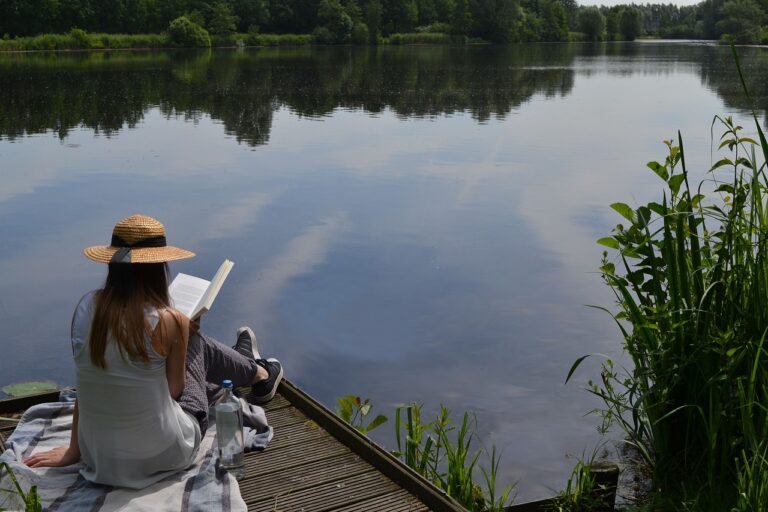Integrating Environmental Education Across the Curriculum: Promoting Sustainability and Stewardship
Environmental education is crucial in schools as it fosters a sense of responsibility towards our planet and its resources among students. By imparting knowledge about ecosystems, conservation, and sustainable practices, schools play a pivotal role in shaping environmentally-conscious individuals who are more likely to make informed decisions that benefit the environment in the long run. Additionally, teaching students about environmental issues from a young age helps in nurturing a generation that is equipped to tackle the challenges posed by climate change and other pressing environmental concerns.
Moreover, incorporating environmental education into school curriculums not only enhances students’ understanding of the world around them but also promotes critical thinking and problem-solving skills. Through hands-on learning experiences and real-world examples, students are able to connect classroom knowledge to practical applications, thereby encouraging them to become active participants in creating a more sustainable future. By integrating environmental education into schools, we are not only investing in the well-being of our planet but also in the intellectual and personal growth of our future leaders.
Benefits of Incorporating Sustainability in the Curriculum
Incorporating sustainability into the curriculum offers numerous benefits for students. By learning about environmental issues and sustainable practices, students gain a deeper understanding of the world around them and develop a sense of responsibility towards the environment. This hands-on approach to learning encourages critical thinking and problem-solving skills, as students are challenged to find innovative solutions to real-world problems related to sustainability.
Furthermore, integrating sustainability into the curriculum helps to foster a sense of stewardship and empathy among students. As they learn about the interconnectedness of ecosystems and the impact of human activities on the environment, students are more likely to develop a sense of care and concern for the planet. This can lead to long-term behavior changes and inspire students to become environmentally conscious citizens who actively work towards a more sustainable future.
Effective Strategies for Integrating Environmental Education
Incorporating interactive and hands-on activities into the curriculum can be an effective strategy for integrating environmental education in schools. Teachers can organize field trips to local parks or nature reserves, conduct gardening projects on school grounds, or implement recycling initiatives within the school community. By engaging students in practical experiences, they can develop a deeper understanding and appreciation for the environment.
Utilizing interdisciplinary approaches is another successful strategy for incorporating environmental education in the classroom. Teachers can integrate environmental concepts into various subjects such as science, math, language arts, and social studies. This cross-curricular approach helps students see the interconnectedness of environmental issues and encourages a holistic understanding of sustainability. By weaving environmental education throughout different disciplines, students can learn how their actions impact the environment from multiple perspectives.
Why is environmental education important in schools?
Environmental education is important in schools because it helps students develop a deeper understanding of the natural world, encourages critical thinking and problem-solving skills, and promotes a sense of responsibility towards the environment.
What are the benefits of incorporating sustainability in the curriculum?
Incorporating sustainability in the curriculum helps students learn about the interconnectedness of human activities and the environment, promotes sustainable practices, and prepares students to become responsible global citizens.
What are some effective strategies for integrating environmental education?
Some effective strategies for integrating environmental education include hands-on learning experiences, interdisciplinary approaches, partnerships with local organizations, and incorporating environmental themes across various subjects.







